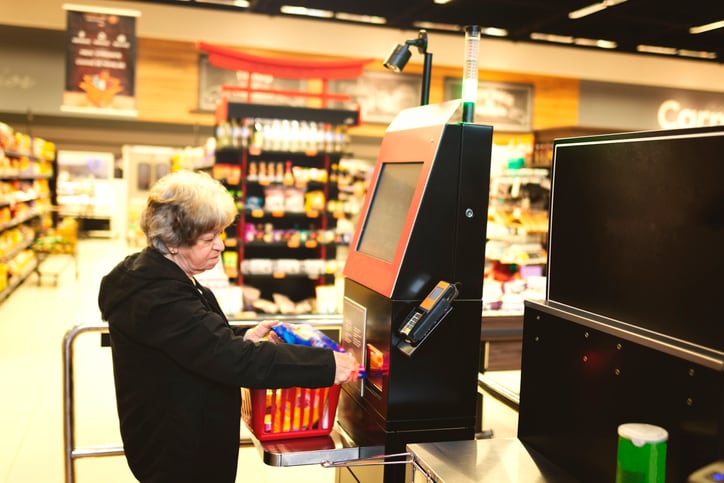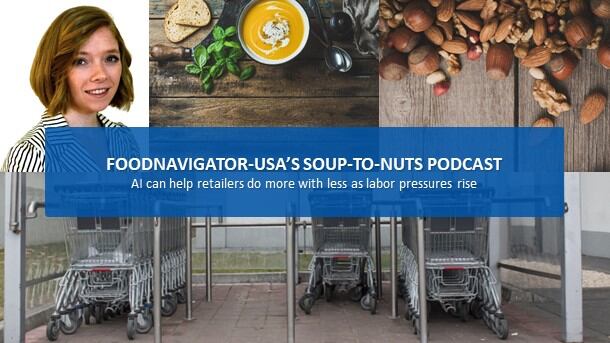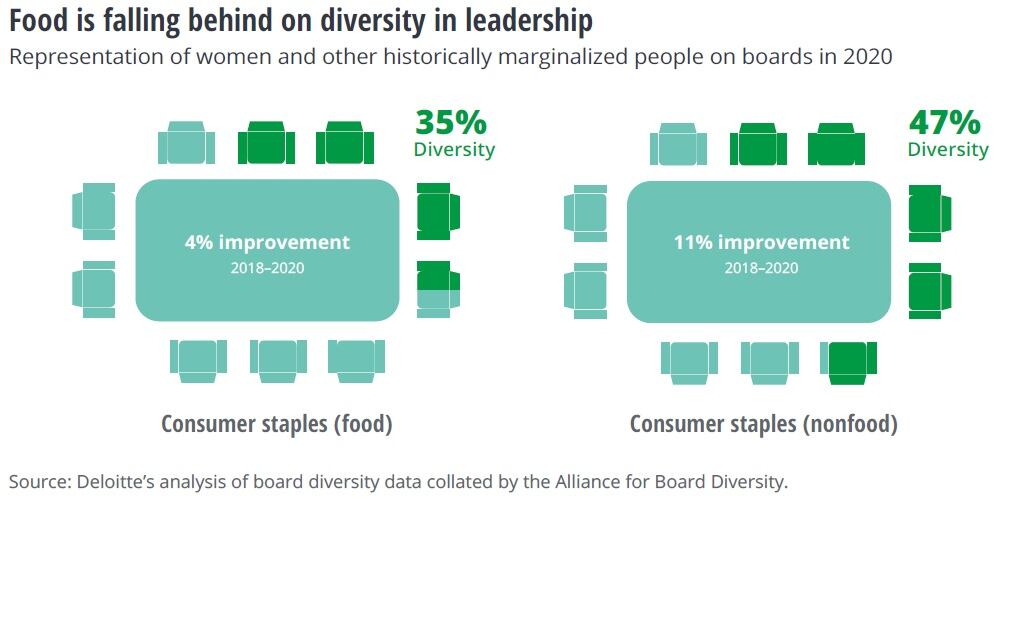The unprecedented average growth of same store sales last year far outpaced the 3.3% increase in 2019, 2.5% increase in 2018, 1.7% increase in 2017 and 1% increase in 2016, and it was enjoyed by stores of all sizes, according to FMI’s annual comprehensive research report, US Food Retailing Industry Speaks 2021, released this week.
Retailers with one to 10 stores posted the highest gains with 18.5% increase on average, while food retailers with 11 to 100 stores reporting same store sales increases of 14.7% on average and those with more than 100 stores reporting gains averaging 15.8%, according to the report.
The surge in sales, however, was severely dampened by a near equal surge in expenses that held back net income for year to only 3%, Leslie Sarasin, president and CEO of FMI, said.
Much, but not all, of the added expenses were related to the pandemic, according to the report, which is based on 103 food retail and wholesale companies that completed a 15-page survey sent by FMI to companies in the US and Canada. These responses were supplemented with public information from the Securities and Exchange Commission for six food retailers. Combined, these represent more than 38,000 stores.
According to the report, food retailers spent about $24 billion on additional pandemic-related expenses in the first 12 months after the coronavirus outbreak in the US began. This included $12b of increased pay and incentives, $5b for additional benefits, $3 for cleaning and sanitation supplies and labor, $1.5b for technology and online deliver expenses, and $1b each for vaccine incentives and personal protective equipment.
Frictionless transactions result in higher credit card fees
While high, this was far from the only unexpected or added expense in 2020, Sarasin said.
For example, she said, “increased online and frictionless transactions are supported almost exclusively by credit cards and debit cards, with an average of 1.7% processing fee per credit card or debit card as a percentage of total online sales – almost double that of in-store sales.
“These fees impact smaller stores more than they do larger operations, and they come directly from the bottom line of food retailers with 65% of respondents saying credit and debit interchange fees negatively impacted their business in 2020.”
Retailers absorb higher health costs
At the same time, Sarasin said, Congressional actions to raise and impose other new mandates “make financial planning in an economy still trying to gain footing from the COVID-related shutdowns a source of significant uncertainty.”
Likewise, slightly more than half of food retailers experienced increases in healthcare costs last year, which more than half fully absorbed rather than pass on to or share with employees, Sarasin said. She added nearly three out of four retailers also expect their total healthcare benefits costs to increase by an average of 10% by the end of this year.
‘The food retail industry invested more than $8b in technology in 2020’
The pandemic also accelerated many retailers’ adoption of technology to improve customer experience and boost operational efficiencies as threat of the virus kept people at home.
“The food retail industry invested more than $8b in technology in 2020 alone with 74% of retailers expecting these tech expenses to continue to increase this year,” Sarasin said, noting most investments went to improving customer experience, expanding ecommerce offerings and driving business process efficiencies and supporting online shopping.
“In terms of operational efficiencies, 84% of food retailers are now using data analytics and36% are using artificial intelligence, up from 24% in 2020 and 10% in 2019, and this is all being done to inform their decision making around pricing and promotion assortment, planning and replenishment,” she said.
Retailers also are investing in technology in stores, including 61% offering expanded self-service experiences and 92% now accepting mobile payments, she added.
High employee turnover drives up costs
Labor also was more expensive in 2020 with retailers investing $700m in non-payroll related benefits, like training, education, free meals and gift cards, according to FMI.
Much of this was focused on keeping customers and associates safe and happy during the early days of the pandemic, but recruitment and retention have become ongoing challenges as turnover has increased during the last year.
For example, food retailers in 2020 saw average employee turnover of 58% -- an 18-percentage point increase from 2019, Sarasin said. Part-time was hit even harder – up 22 percentage points from 2019 to 74% in 2020.
To attract new employees, retailers are offering a combination of higher wages, bonuses, improved benefits, flex time and training and skills development opportunities – all of which are added costs over prior years.
Supply chain, transportation struggles add up
Finally, supply chain challenges ranging from the lack of trucking and transportation capacity, shipping container shortages and massive backups at ports “represents one of the biggest hot button issues and concerns among food retailers today,” and one of the biggest, unexpected expenses, Sarasin said.
While the negative impact of all of these added and often unexpected expenses no doubt frustrated retailers, Sarasin said the fact that retailer still managed a higher – albeit only slightly – margin is a testament to the industry’s resilience and transformation in 2020.
As the landscape continues to shift and the supplychain “recalibrates from just in time to just in case to eventual balance,” Sarasin said the report shows “how retailers have adapted as the pandemic progressed and the lessons learned along the way about how to respond flexibly to crisis and adversity.”




